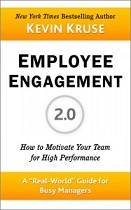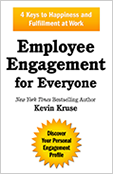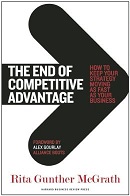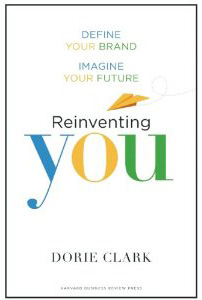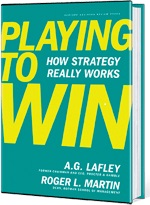Read the latest articles and book reviews from Mariposa and shared from other sources of interest.
Surprises Are the New Normal: Resilience is the New Skill"
We share this article by Rosabeth Moss Kanter because in business, as in life, change is a constant. An unlikely competitor disrupts your market share, a new promising product fails to get traction, key talent resigns. What makes the difference between winning and losing in those situations is how you bounce back.
In the Harvard Business Review article, Surprises are the New Normal: Resilience is the New Skill, we learn about resilience, what it is – and is not. Elizabeth Moss Kanter offers sage thoughts for us all.
Read it.
How resilient is your organization? What do you do as a leader to help your team move forward after a setback?
Comment below! Or pose a question via Ask Mariposa.
MORE